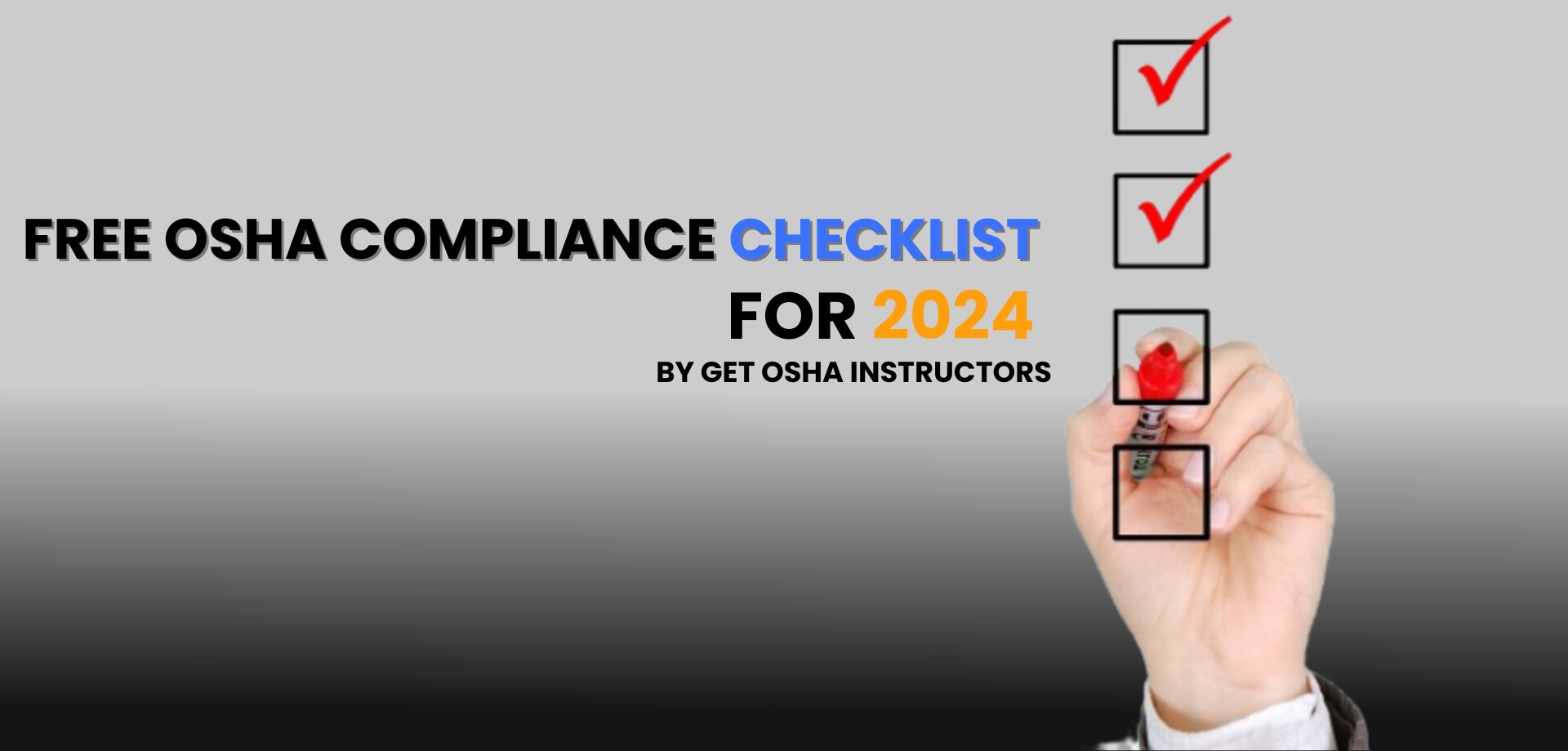
Staying OSHA-compliant in 2024 is crucial for businesses to ensure the safety of their workers and avoid costly penalties. To help you navigate OSHA’s requirements, we’ve created a free, easy-to-follow OSHA compliance checklist. This guide covers key areas like hazard communication, safety audits, and personal protective equipment (PPE) requirements to help keep your workplace safe and compliant.
By following this OSHA compliance checklist, businesses can minimize the risk of workplace accidents, avoid costly fines, and create a safer work environment. Remember, OSHA regulations are updated periodically, so staying informed about new standards is essential.
GetOSHAInstructors.com is specifically designed platform for OSHA 10 and 30 Hour Authorized Online Training, powered by CickSafety.
Copyright © 2025.